He Lost 50 Pounds When He Stopped Making These 7 Basic Mistakes
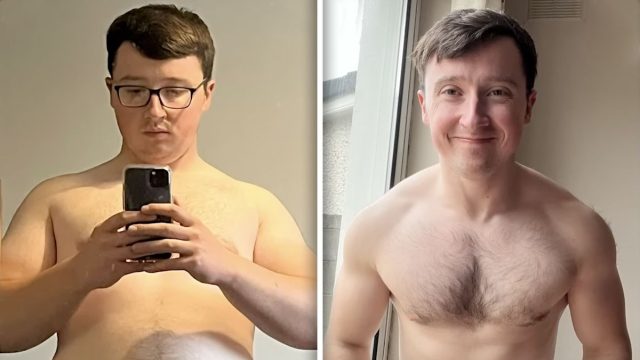
Most of us know the crushing feeling of looking in the mirror and not recognizing the person staring back. James Marsden was there too, carrying an extra 50 pounds that represented more than just weight—it was physical proof of his mental struggles. "Those extra 50 pounds were not just fat, it was proof of how lazy, useless and depressed I truly was," James admits in his post. As a weight loss coach who now helps busy office workers transform their bodies without upending their lives, James has guided over 300 clients to sustainable results through practical nutrition, mindset shifts, and habit change. His journey revealed that the real battle isn't fought in the gym but in your head. Keep reading to discover the seven basic mistakes that were holding James back—fixing them might be exactly what you need to finally see results, too.
Your mind gives up too soon
Your brain is constantly trying to protect you from discomfort, even when that discomfort leads to growth. James discovered this when working out with a friend who pushed him beyond what he thought was his limit. "I was about to put the weights down when he just said, one more rep. So I pushed another rep, then he said one more again," James recalls. "Five more reps beyond what I thought was my limit. It hit me like a ton of bricks." Your body is capable of so much more than your mind allows. The real transformation happens when you push past these mental barriers. As James learned, "Progressive overload isn't just waffle. It's the only way that your body changes."
You think in all-or-nothing terms
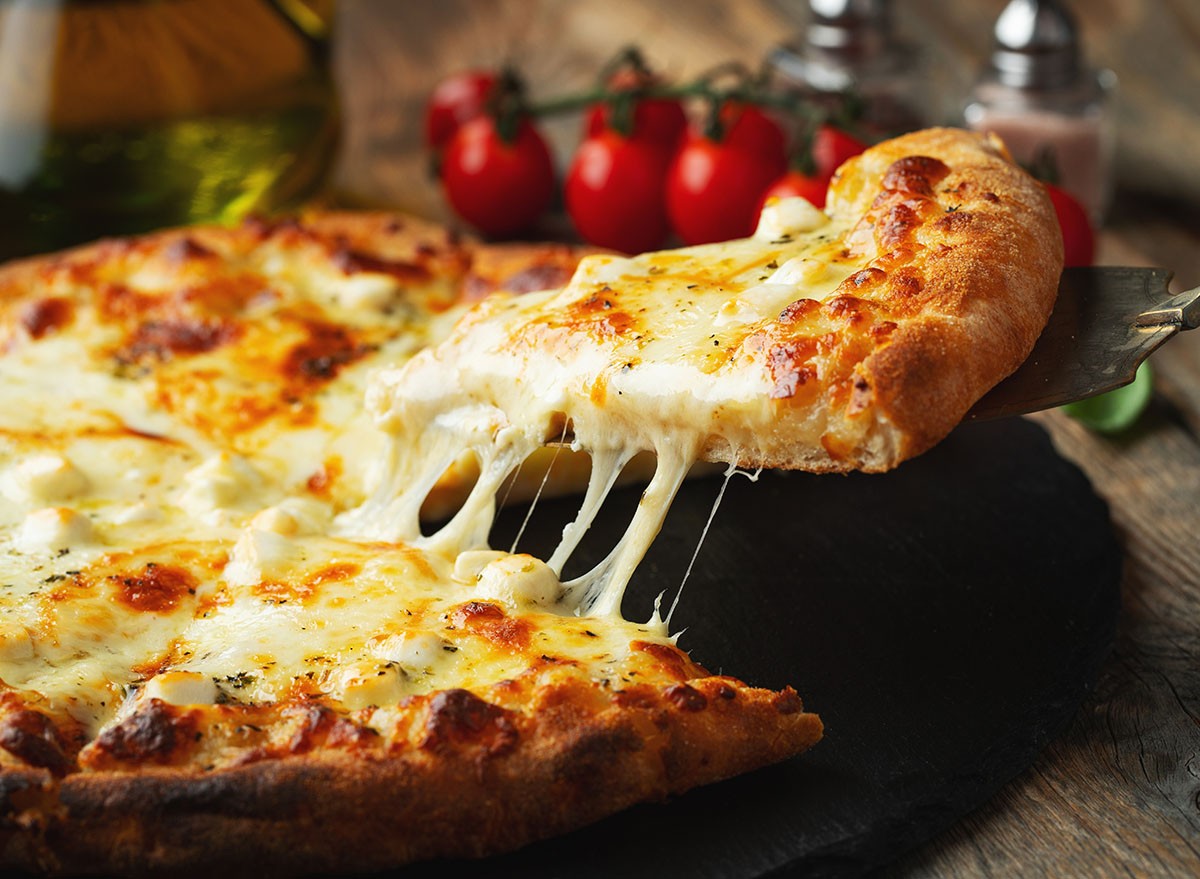
We've all been there—one slice of pizza turns into "might as well eat the whole thing because my diet is already ruined." This all-or-nothing thinking sabotaged James for months. "I remember sitting in my car outside of a fast food place with an empty bag, feeling worthless, like shit on my shoe. I was about to give up completely because I'd failed," James says. The breakthrough came when he did the math and realized that one meal represents just 5% of his weekly nutrition. One bad choice can't undo all your progress unless you let it. As James puts it, "When you mess up, just make the next meal good. This simple mindset shift is why I never fully quit again."
You worry too much about what others think

That paralyzing fear that everyone is judging your every move at the gym? It's all in your head. James spent three months avoiding unfamiliar equipment because he was terrified of looking stupid. "I'd walk around pretending that I knew what I was doing, terrified everyone was judging me," James admits. But when he finally tried something new, he realized, "Nobody gives a damn. Everyone was completely focused on their own workout." The reality is that people are too wrapped up in their own fitness journeys to notice yours. As James learned, "Don't let your fear of judgment rob you of your results."
You don't track your progress
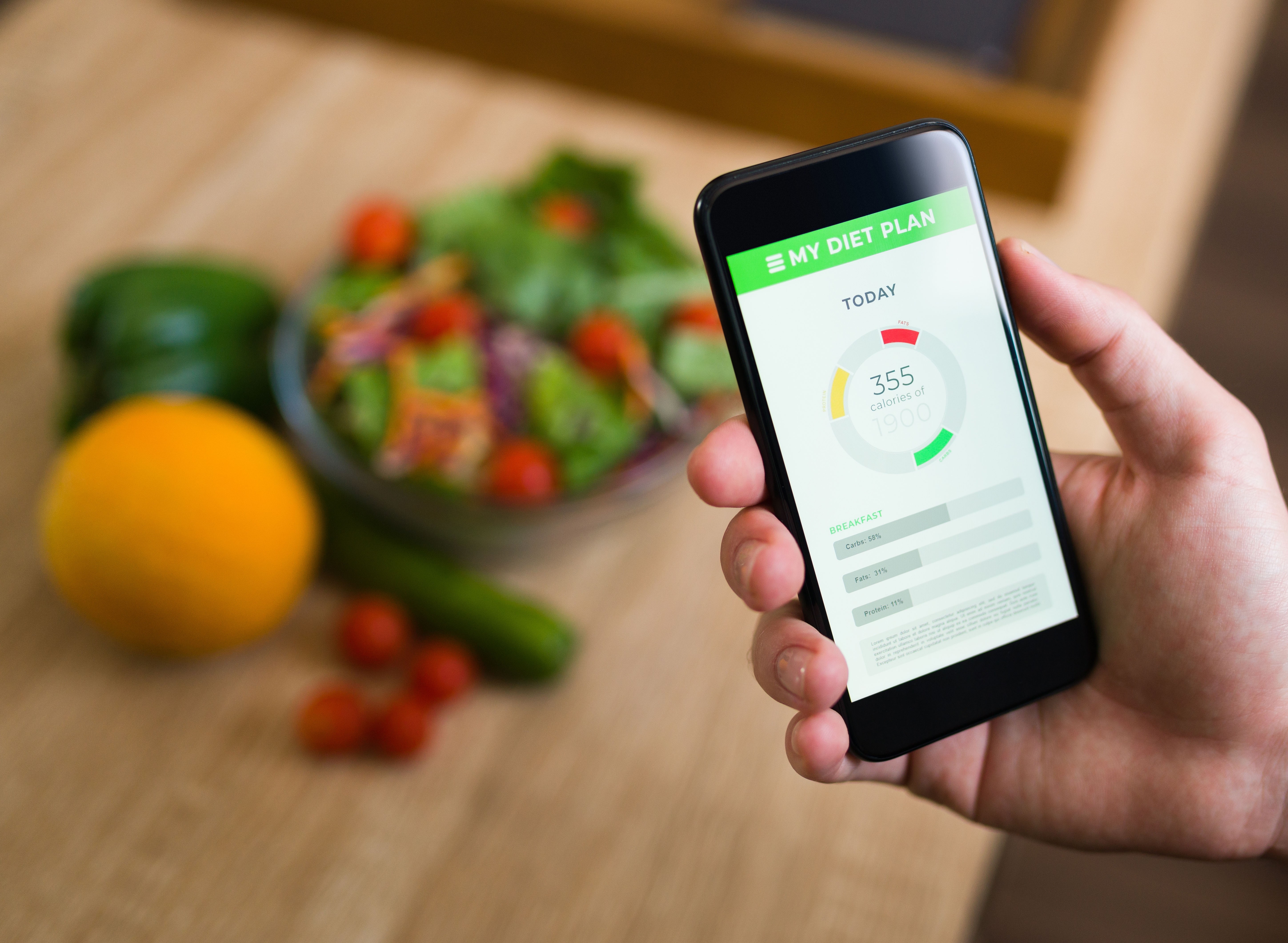
For months, James thought he was eating right but couldn't understand why nothing changed. "The first three months of my journey, I saw no results. I actually got a lot bigger," James says. "I thought I was eating right, but I couldn't understand why the scales wasn't moving." Everything changed when he started tracking. "My breakthrough came when I started to track everything. My calories, my protein, my weight at the gym," James explains. He discovered he was consuming nowhere near enough protein. Your memory and perception will constantly lie to you about what you ate and how hard you worked. As James puts it, "What gets measured gets managed. If you're not tracking, you're just guessing."
You rely too much on the scale
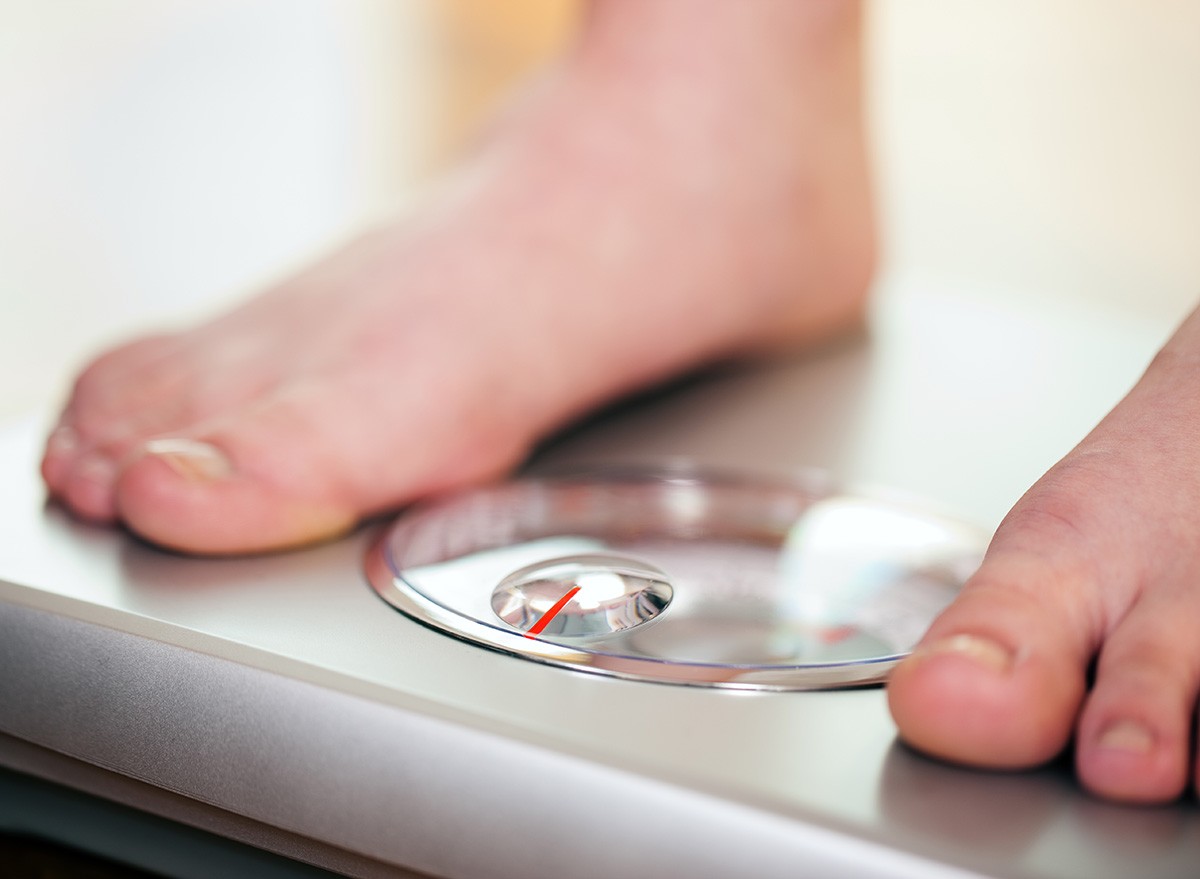
Motivation will inevitably die at some point. James hit this wall four months in, when the scale hadn't moved for weeks. "I felt exhausted. Started to wonder, was it even worth it?" James recalls. That negative inner voice got louder: "Look at yourself. Still fat. This isn't working. Just quit like you always do." He almost listened until he compared current photos to his before pictures. "The scale might not have moved, but my body had changed. My shoulders were way more defined. My waist was smaller," James says. These visual proofs silenced that lying voice in his head. "Take pictures from day one. Even if you hate how you look," James advises. "When motivation does die, and it will, those photos become your fuel."
You focus too much on cardio, not enough on nutrition
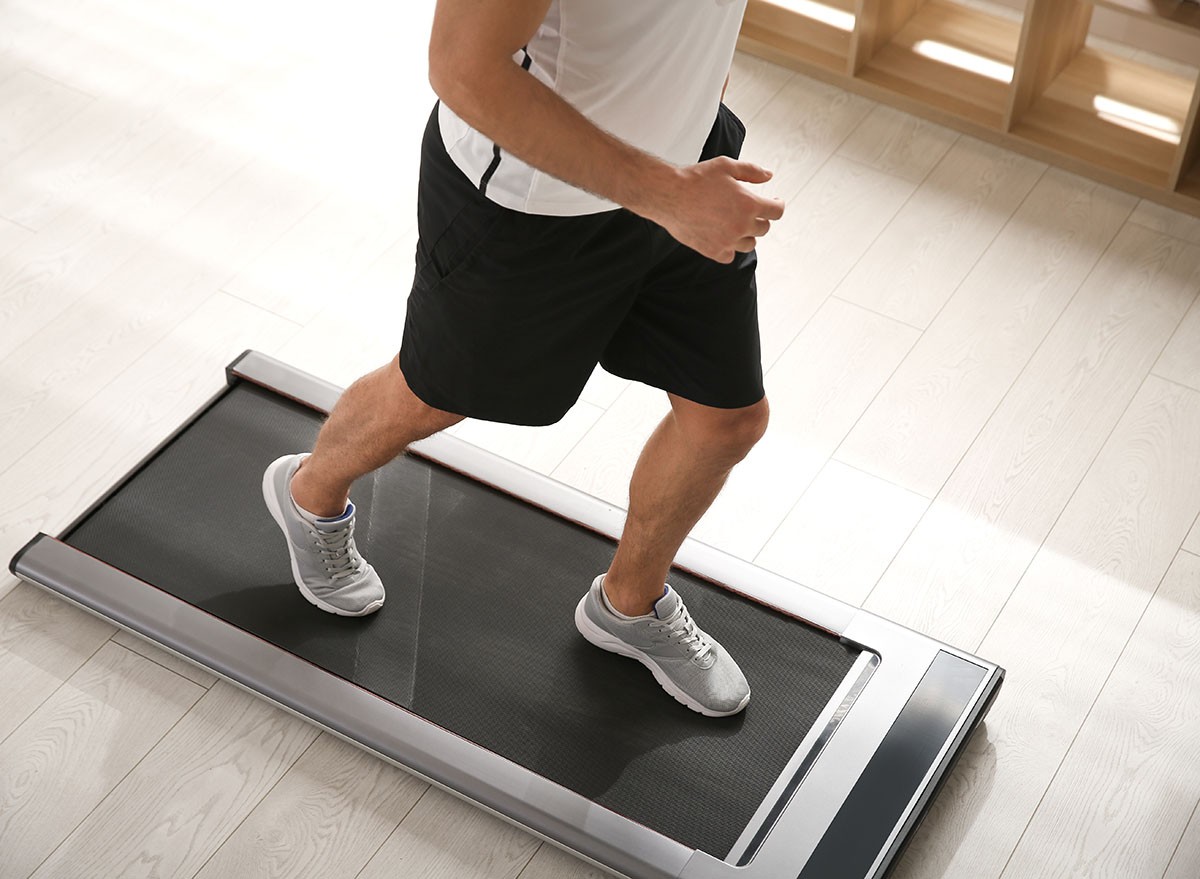
Endless cardio sessions might make you feel virtuous, but they won't transform your body if your nutrition is off. "I was killing myself on the treadmill while ignoring what's on your plate," James admits. "Every day, 45 minute grueling cardio sessions, thinking I was burning fat, that I'd be so tired at the end of it that I'd need more food." When he finally tracked his nutrition and increased his protein intake from 50 to 150 grams daily while training less, his body transformed. "You cannot outrun a bad diet," James emphasizes. "One hour of intense cardio burns 500 calories, which is just one large muffin. But protein, it builds muscle, burns fat, and it's a 24-7 advocate for your body." Your diet determines 80% of your results; the gym handles the remaining 20%.
You blame your genetics

Blaming genetics is the ultimate cop-out that removes all responsibility. "It was my genetics. This was my favourite excuse," James confesses. "I would tell myself this week in, week out, just so I didn't have to feel responsible, so I didn't have to have the problem and deal with it." Your brain creates convenient stories to protect your habits and keep you comfortable. As James realized, "Your brain will create stories to protect your habits." The solution? Find one person who has achieved what you want and immerse yourself in their content and mindset. Their beliefs will gradually become yours. James learned that "Most weight loss isn't about your body. It's about reprogramming your mind."
You give up when progress slows down
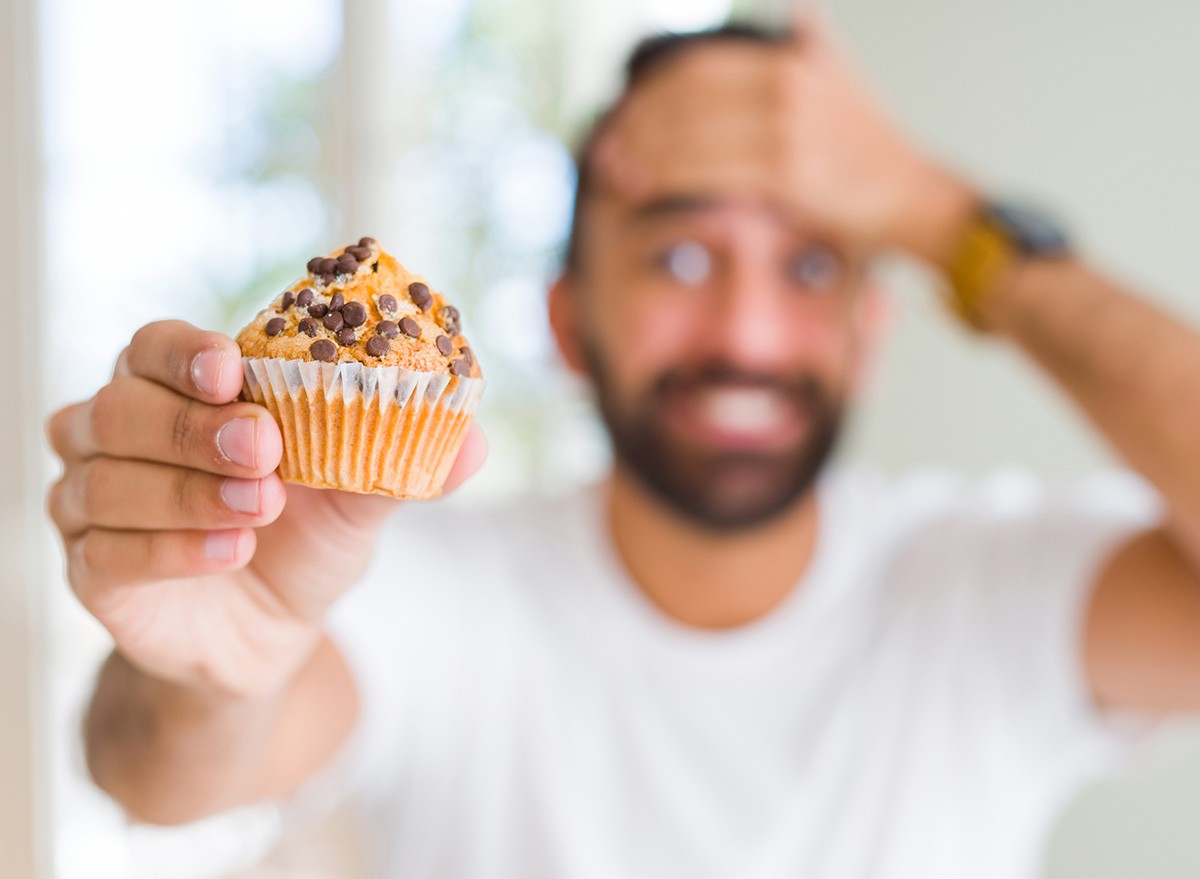
Transformation doesn't occur on a perfect upward trajectory. "Four months in, I was there. The scale hadn't moved in weeks," James remembers. That's exactly when most people quit, just before breakthrough results appear. James discovered that plateaus are normal parts of the journey, not signs that you're failing. Looking back at his before pictures during these tough times provided the perspective he needed to keep going. "When motivation does die, and it will, those photos become your fuel," James emphasizes. Every time you choose to persist when you'd rather quit, you're not just changing your body—you're rebuilding your mental resilience.
You expect fast results

Weight loss takes time, and James had to learn patience. "I thought I was eating right, but I couldn't understand why the scales wasn't moving," he says. Society conditions us to expect immediate results, but real transformation happens gradually. James discovered that consistent small actions compound over time, creating lasting change. Rather than looking for dramatic weekly losses, he learned to appreciate subtle improvements in energy, strength, and how his clothes fit. The 50 pounds didn't disappear overnight—they melted away through consistent application of these lessons. Sustainable weight loss isn't about quick fixes; it's about building habits that last.
You try to do it all alone

James's breakthrough moment came when a friend pushed him past his limits in the gym. "After my usual pathetic effort, I was about to put the weights down when he just said, one more rep," James recalls. That outside perspective revealed how much more he was capable of. Many of us try to tackle weight loss in isolation, either from embarrassment or believing we should be able to figure it out ourselves. But having support—whether a friend, coach, or community—provides accountability, perspective, and encouragement when motivation wanes. James learned that the right support system doesn't just make the journey easier; it makes success more likely.
You forget the mental game matters most

At its core, James's transformation wasn't about diets or workout plans—it was about changing his relationship with himself. "Your brain made you overweight. You cannot trust it," he realized. All seven mistakes share a common thread: the battle happens in your mind before it happens in your body. "Most weight loss isn't about your body. It's about reprogramming your mind," James emphasizes. When you address the mental patterns that created your current reality, physical transformation follows naturally. That's how James lost 50 pounds, and that's the blueprint he now shares with his clients—proof that sustainable change starts from within. And if you enjoyed this article, take advantage of these 15 Quick Ways to Lose Body Fat Percentage in a Week.




